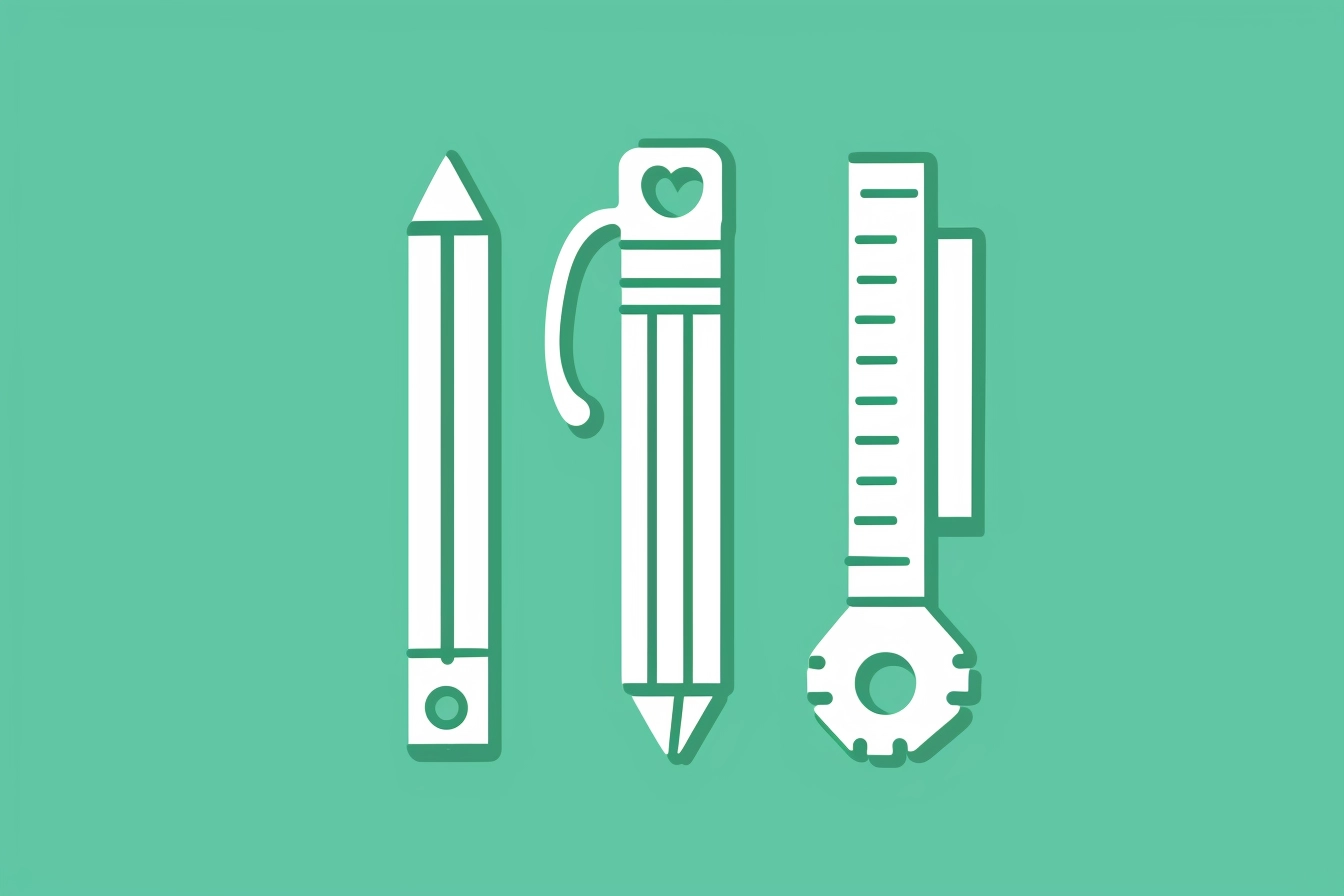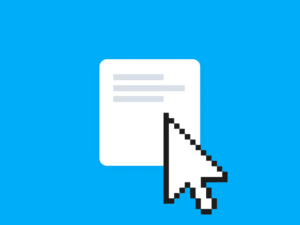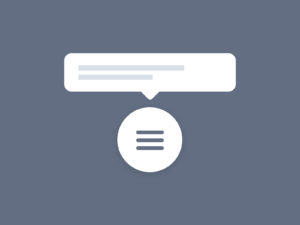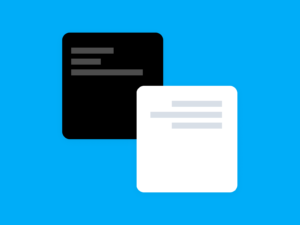Do you still remember the days of slow, highly electronic, and low-resolution interfaces? UX and UI design have come a long way from phase to phase in trying to meet users’ and technology’s demands.
In this blog post, we discuss the evolution of UI/UX design, which is not static but constantly changing as users try to get the best experiences in digital environments.
Table of Contents
From Old School to Modern Methods: Gists of UI/UX Design Evaluation
The journey of UI UX design from old-school techniques to the newest AI-integrated user-centric approach has been a long story. The following is the gist of that journey.
1. Initial Phase: Visuals Over Function
Primary Focus: Early UX design was, essentially, just about how things should look and visuals. Designers’ values turned to sophistication instead of what’s beneficial.
Tools & Techniques: Tools were proved to be usual and mostly provided through software development kits (SDKs).
2. Introduction of Web Design
Web Influence: Along with the growth of the internet came the requirement for engaging web interfaces.
Table-Based Layouts: Early web designs were constrained by using tables for the layout, which was impractical and not responsive at all.
3. The CSS Revolution
Separation of Content & Style: The arrival of CSS enabled designers to divide content from design, which in turn granted them more room for creativity.
Responsive Design: Media queries in CSS made designs responsive by fitting into various displays.
4. User-Centered Design (UCD)
UCD Emergence: Attention to users’ needs and behaviors became more important.
Iterative Process: Design became an iterative process that involved prototyping, testing, and refining according to user feedback.
5. Mobile-First Approach
Mobile Explosion: Along with the proliferation of mobile devices, designers began to give more preference to mobile designs.
Touch Interactions: The design principles had to consider touch interaction, developing larger buttons and intuitive gestures.
6. Flat Design & Minimalism
Simplicity: The shift to flat design and minimalism meant that the skeuomorphic elements were eliminated for simpler interfaces.
Focus on Typography: Greater effort was invested in typography and color in order to direct users through the interface.
7. Material Design & Beyond
Material Design: Material Design by Google brought together depth and movement to achieve better haptic interfaces.
Inclusive Design: Nowadays, accessibility and design for all user groups are more important than before.
8. The Current State: Experience is King
UX Focus: Now, experience has become as important as the visual design.
Advanced Tools: Modern tools like Sketch, Figma, and Adobe XD feature smart functions for high-fidelity prototyping and collaboration.
9. The Future: AI and Personalization
AI Integration: AI influence on UI/UX is taking shape with personalized experience and predictive designs.
Ethical Design: As the discussion of ethical design gets bigger, the impact of products on the society is also receiving attention.
User Testing: From the easy A/B testing to the complex eye-tracking user labs.
Analytics: Implementing data analytics to understand user behavior and make informed design choices.
Heuristic Evaluation: Expert reviews are based on known principles of usability.
Accessibility Audits: Ensuring designs are user-friendly for people with a broad range of capabilities.
This is the evaluation of UI UX design so far. Remember, this is not done yet, still evolving to meet the expectations of newer users. If you want to keep your product competitive by meeting updated needs, a good UI UX design service company can help you get there.
Conclusion
The prospect of UI/UX design has consistently evolved and changed, and it is no different today. With technology breaking the barrier of possibilities, designers will be standing to deliver the highest standards of usability and customisation. Through keeping up with the trend and accepting new ideas, the UI/UX design services will be able to remain on top of the game.




